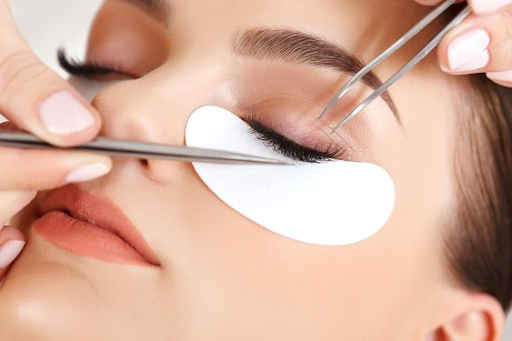When it comes to lashes, the beauty industry has seen it all—magnifying mascaras, “miracle” growth serums, heated curlers—you name it. No trend, however, is as divisive as eyelash extensions. When lash extensions initially became popular, they appeared to be a quick and easy solution to produce wispy, fluttery lashes without the hassle of falsies or mascara, then Slowly manifested the hustle of eyelash installation.
If you’re thinking of trying out extensions de cils for the first time, this piece is for you. In this piece, we’ll go over everything you need to know when installing eyelash extensions.
Lash extensions are put one at a time (80-140 each eye) with specially developed, semi-permanent glue that does not irritate or damage the native lash. The lash is put just to an existing lash and not to the skin. While the actual procedure varies each salon, here’s what you should do:
Step 1: Prepare Your Supplies
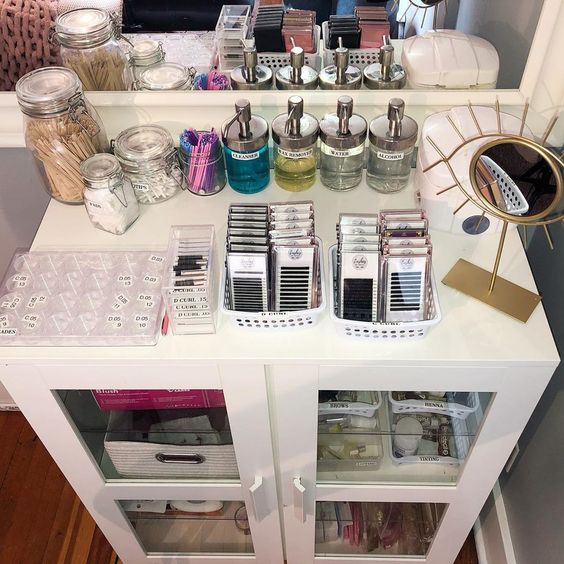
You’ll need high-quality lash extension goods and tools of the proper kind to provide a fantastic service to all of your valued customers.
We’ve put up an in-depth look at the benefits of the must-have eyelash extension products so you can make an informed decision about what’s ideal for you and your clients.
- Different types d'extensions de cils
- Eyelash extension glue
- Pretreatment and primer
- Lash glue remover
- Lash cleanser
- Gel pads
- Tweezers
Step 2: Apply Eye Patches
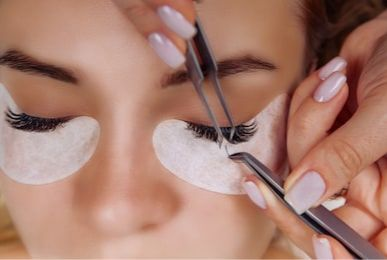
Tiny under-eye pads that are specifically made for this purpose are applied during eyelash extensions. Their main purpose is to separate the bottom lashes from the top lashes and to keep the sharp tweezers away from the client’s delicate eye area.
Use the under-eye patch as follows:
- Using lash foam, clean and dry the eye area.
- Remove the pad from the plastic liner with care.
- Apply it to the tops of the lower lashes, making sure there is no contact with the eye or waterline.
- Remove the pads starting from the outside corner once the treatment is finished.
Step 3: Use Tape on Lower Lids
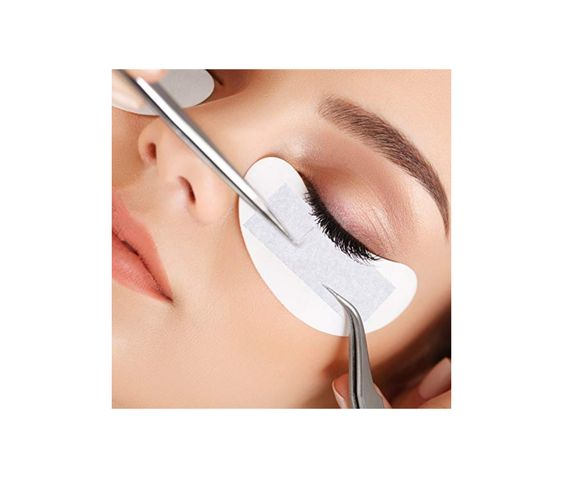
For many lash artists, medical-grade tapes are a must-have. It helps access the teeny-tiny lashes in the corners by gently lifting the lid apart.
Tape the lower lashes down on top of the under-eye gel pad, then apply the under-eye gel pad. The eye patches will not slip as a result of this. During application, it also shields the lower lashes from the glue.
Step 4: Apply Primer
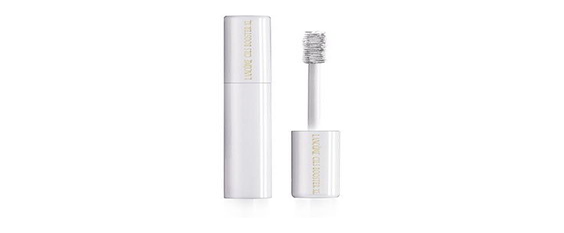
Before applying for eyelash extensions from a reliable eyelash extension manufacturer, an eyelash primer is used to remove makeup residue, oil, and dust from the client’s lashes. This pre-application cleaning procedure boosts adhesion, retention times, and customer satisfaction.
Allantoin, a natural herbal extract known for its antibacterial and cell regeneration characteristics, is included in the eyelash primer. Its use promotes healthy natural lashes and helps to prevent lash damage.
Step 5: Separate the Eyelash
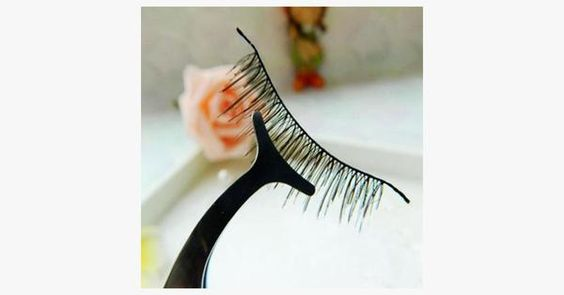
High-quality tweezers are a must-have accessory for any semi permanent eyelash extension treatment. Tweezers are ideal for both classic and volume lashes. One of the most important instruments in your eyelash extension kit is lash tweezers.
The majority of artists begin with straight tweezers. Straight lash tweezers have fine, straight points that allow the artist to pick up and insert individual extensions on isolated natural lashes with ease. Isolation and traditional procedures are the most prevalent uses for these tweezers.
Isolation tweezers are Curved tweezers used for separating natural lashes.
Step 6: Sticking Lashes
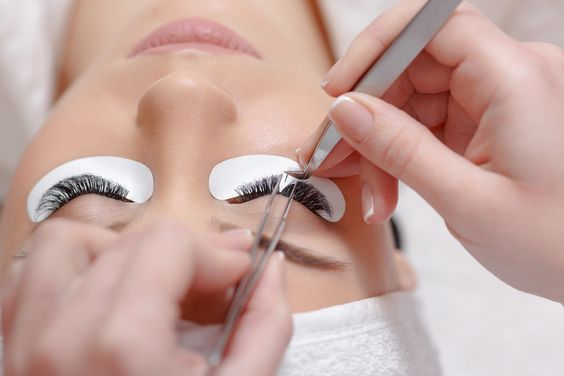
Your lash artist will dip the end of each extension in lash adhesive and adhere it to your lash with tweezers. In most circumstances, one eyelash extension is put per natural lash; however, for more voluminous effects, numerous extensions per natural lash may be required. The procedure isn’t painful, although you might be nervous about having tweezers so close to your eyes.
Jade Stone is great for keeping your eyelash extension adhesive cold and prevents it from drying up too quickly during eyelash treatment.
What we can suggest is that the room environment (humidity and temperature) be adjusted to the best condition for the eyelash extension glues to work more consistently. This way, you’ll quickly discover which lash adhesive is perfect for you.
We recommend using glue with a rapid drying period and low viscosity for pre-made volume lashes. Because the adhesion parts of premade volume lashes are wide.
Step 7: Brush the Extensions
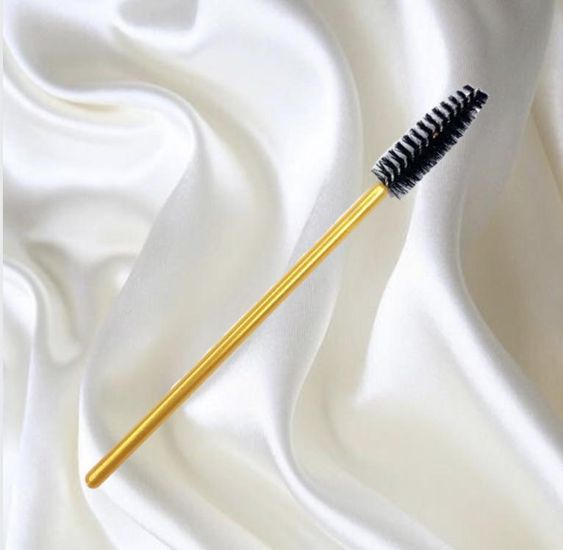
Brush the extensions with a mascara wand throughout the application. When combing your lashes with extensions, you must be especially delicate. If you want to brush your lashes properly, do the following:
- Apply your brosse à cils to the top of your upper lash line.
- Roll your brush down, through your lashes, and out at the end of your lashes with care.
- If you still need a little more fluff, use your lash wand and start brushing upward from the base of your lashes. This will give them the same fluff as before, but with a bit more lift.
Step 8: Allow the Glue to Dry
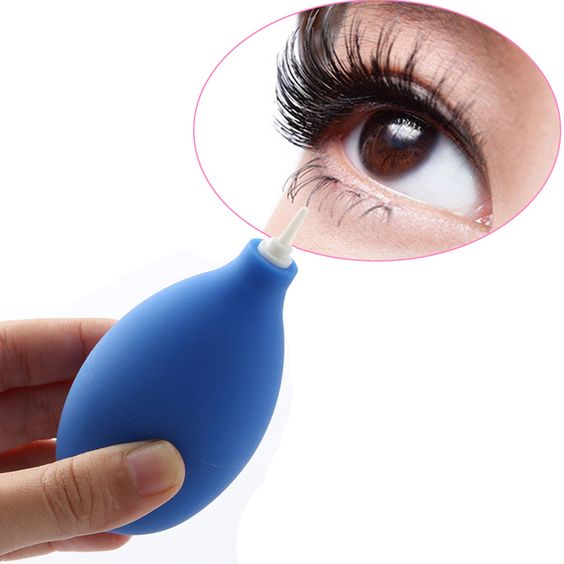
Although the lash adhesive dries rapidly, your lash artist will most likely ask you to sit for 10 minutes once all of the extensions have been put. Some lash artists prefer to use a small, handheld fan to speed up the drying process, while others prefer to let the glue cure naturally. Your eyes are still closed at this point.
Step 9: Apply a Sealer
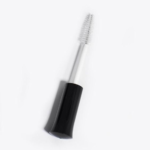
Lash Coating Sealer is an eyelash extension sealant that is ideal for consumers who want to grow their lashes longer and faster as well as has longer-lasting eyelash extensions. It also reduces lash shedding by strengthening your natural lashes.
Step 10: Remove the Tapes and Gel
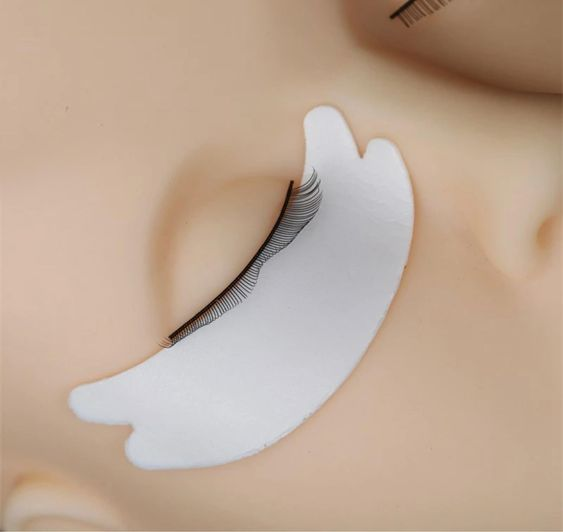
Your lash artist will remove the under-eye gels and tape once your lashes are dried (this doesn’t hurt, but let your lash specialist know if you have sensitivity in this region so they can take extra precautions). Your lash artist will usually use a spooly to brush through your lashes once they’ve been removed, and you’ll be asked to slowly blink your eyes open.
Conclusion
To avoid any negative side effects, have your eyelash extensions be made from premium materials and performed by a licensed esthetician.

